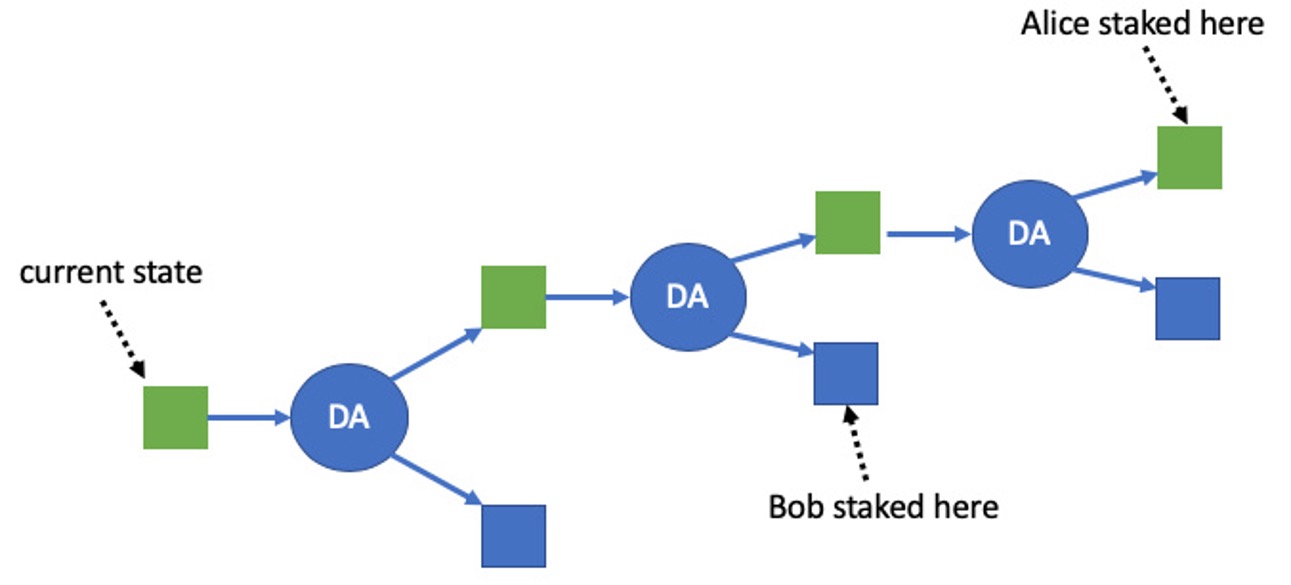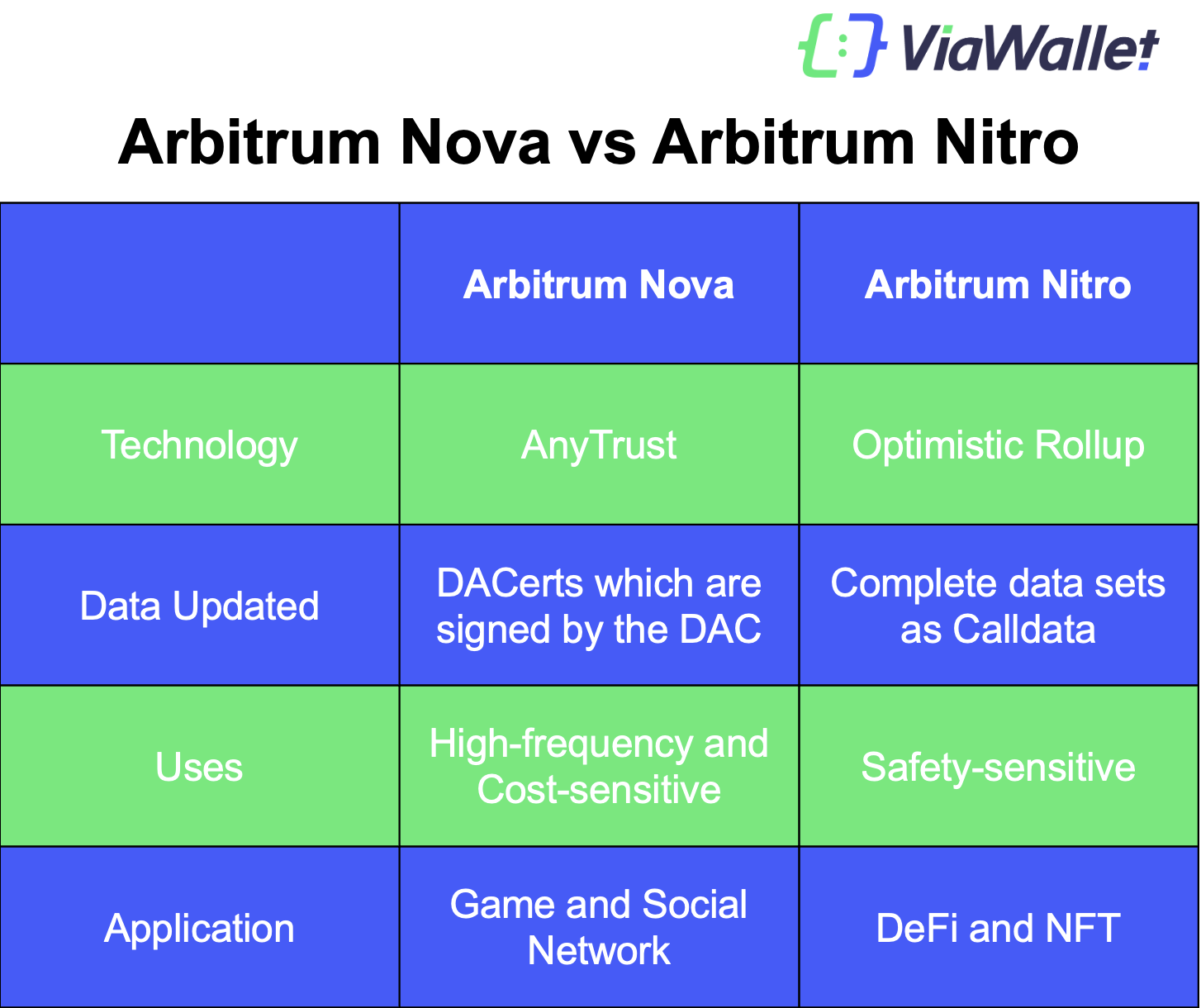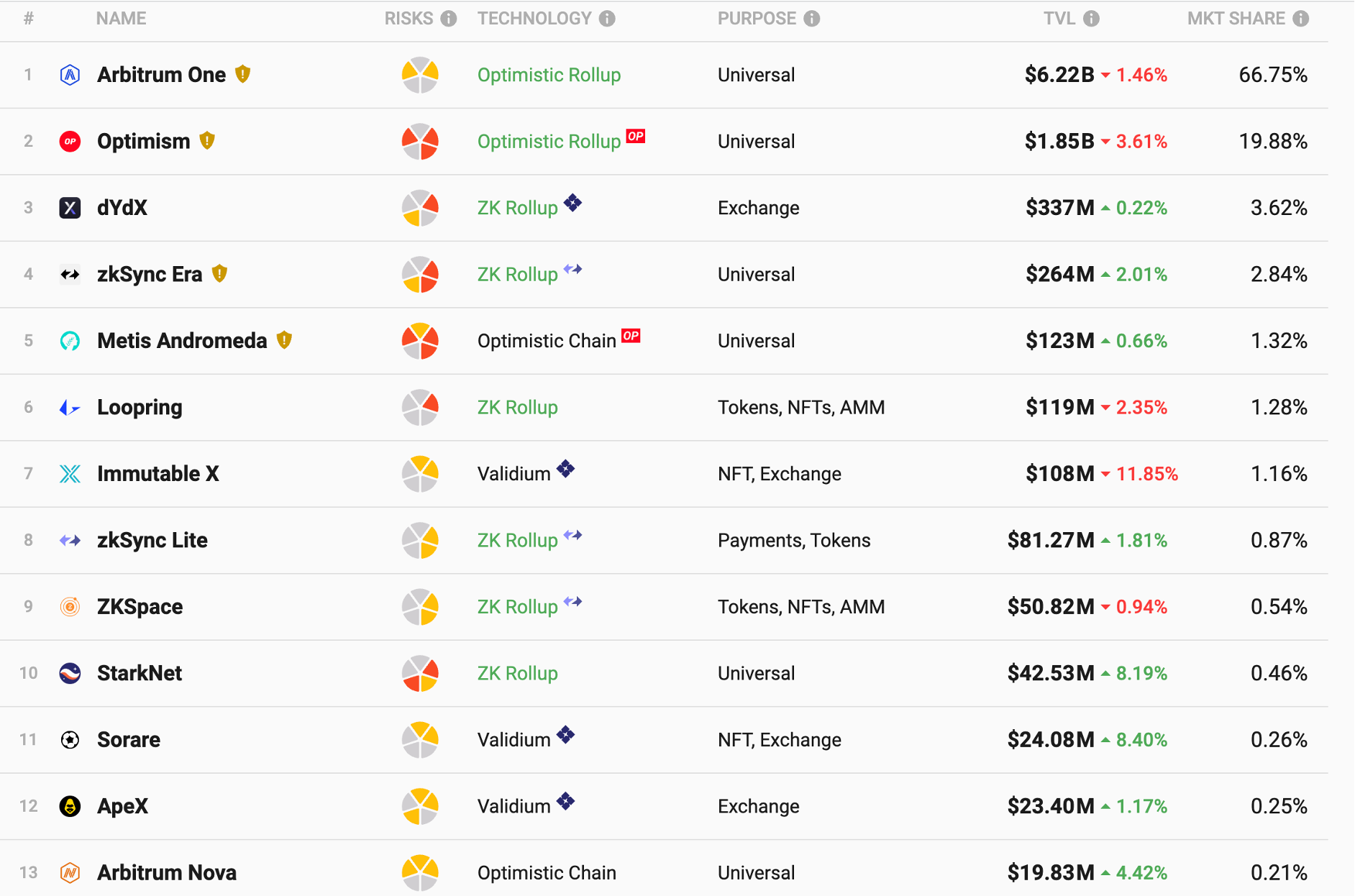ARB (Arbitrum): A Layer2 Leader
In recent years, the performance and scalability of Ethereum have continued to capture the blockchain spotlight. According to its current plans, Ethereum aims to boost its TPS through the combination of Danksharding and Layer2 Rollup, making Layer2 one of the major future trends of the industry.
As the largest Layer2 network, Arbitrum has attracted plenty of users and developers. Today, we will offer a full introduction to Arbitrum. Let’s find out what Arbitrum is, how its technologies work, and its today and future.
Arbitrum’s Team and Origin
Arbitrum is a Layer2 scaling solution based on Ethereum that aims to provide users with a faster blockchain network at a lower cost while maintaining the same security performance as Ethereum.
Arbitrum is backed by Offchain Labs, a strong founding team established by computer science professor Ed Felten from Princeton University and his two Ph.D. students, Steven Goldfeder and Harry Kalodner. Back in 2015, Ed Felten was appointed as Deputy U.S. Chief Technology Officer by the White House. Upon his return to Princeton University in 2018, his two Ph.D. students invited him to work on Arbitrum.
Shortly after Ed Felten accepted the invitation, Harry Kalodner published a paper titled Arbitrum: Scalable, Private Smart Contracts, which he completed together with Ed Felten and Steven Goldfeder. The paper explored how Arbitrum could scale Ethereum without compromising its security, which marks the official launch of Arbitrum.
Arbirum’s Technologies
Arbitrum uses Optimistic Rollup. Specifically, a Rollup is an on-chain scaling solution that duplicates and transfers information on Ethereum to Layer2 for computation and storage. The processed information is then compressed and uploaded back to Ethereum. This approach allows Layer2 to handle the complex computation process and Layer1 to hold onto the critical data, which significantly improves Layer1’s performance while maintaining the same level of security.
When processing transactions, Layer2 is charged with the task of preventing bad actors from submitting false information and stealing assets. Optimistic Rollup uses fraud proofs, meaning that validators on Layer2 need to lock up a deposit (ETH) to provide a signature, guaranteeing that “the network state will change from A to B after the transactions occur on Layer2.” Ethereum “confidently” assumes that all states submitted by Arbitrum are compliant, with an “innocent until proven guilty” attitude.
If Bob claims that Alice's money is his, then anyone, i.e. a challenger, could initiate a challenge and submit evidence during the challenge period (7 days for Arbitrum), stating that "the result guaranteed by the validator differs from the executed result." If the disputable assertion is confirmed, the disputed action will be invalidated, and the challenger will receive the deposit locked up by the dishonest validator.
Arbitrum’s Rollup mechanism makes sure that the network smoothly progresses as long as there is one honest participant, as illustrated in the diagram below. If Alice is honest, there will be no disputable assertions, and the green box will be confirmed. Therefore, the Arbitrum team claims that this Rollup solution is trustless; bad actors cannot produce incorrect results, and they can only delay the network’s normal progress, but this requires expensive costs as deposits are required.

Source: Arbitrum Blog
Arbitrum Nova vs Arbitrum Nitro
Arbitrum currently offers two blockchains, Arbitrum Nova and Arbitrum Nitro, which come with different technologies and use cases.
Arbitrum Nova is based on AnyTrust technology, which is the minimal trust assumption guaranteed by the Data Availability Committee (DAC). On Arbitrum Nova, data is updated through DACerts, which are signed by the DAC. Security could be compromised if 19 out of 20 committee members are malicious, but if two or more members are honest, the data will run correctly. In most cases, at least 19 committee members behave honestly.
With this approach, Arbitrum Nova eliminates the seven-day withdrawal period (challenge period) from Layer2 to Layer1 and reduces network transaction fees for users. As such, the chain is mainly used for high-frequency and cost-sensitive general applications, such as gaming and social networking.
Arbitrum Nitro, an upgrade from Arbitrum One, still uses Optimistic Rollup. Unlike Arbitrum Nova, Arbitrum Nitro publishes complete data sets as Calldata on mainnet Ethereum. Therefore, it focuses more on DeFi and NFT applications.

Arbitrum Nova vs Arbitrum Nitro
Arbitrum’s Today and Future
Arbitrum has always been a leader in the Layer2 space since its launch in 2021. According to L2BEAT, Arbitrum One (i.e., Arbitrum Nitro) currently holds 66.75% of the Layer2 market share, far ahead of Optimism, which ranks second. In addition, the recently launched Arbitrum Nova holds 0.21% of the market share.

Source: L2BEAT (as of May 6)
Arbitrum stands as a worthy opponent to its public chain rivals. Ranking fourth by TVL, the project has captured a 5.02% share of the whole crypto market, higher than big-name public chains such as Polygon, Avalanche, and Fantom.

Source: DefiLlama (as of May 6)
Arbitrum’s ecosystem is flourishing, with popular DeFi applications such as Uniswap and AAVE, as well as trending projects like decentralized derivatives platform GMX and decentralized gaming platform Treasure DAO, which have become iconic Arbitrum applications.
Recently, Arbitrum launched its native token ARB, a major step towards decentralized community governance. ARB holders can submit and vote on community proposals to jointly build Arbitrum’s future. Moreover, Arbitrum also released Arbitrum Orbit, a Layer3 developer toolkit that allows developers to build Layer3 on Arbitrum.
Users can now manage their ARB in CoinEx Wallet. Download the app and try it out: https://wallet.coinex.com/download
[More Information]
Arbitrum website:https://arbitrum.io/
Market cap ranking:https://coinmarketcap.com/currencies/arbitrum/
Arbitrum whitepaper:https://github.com/OffchainLabs/nitro/blob/master/docs/Nitro-whitepaper.pdf
Buy ARB: https://www.coinex.com/exchange/ARB-USDT
Manage ARB:https://wallet.coinex.com/download








